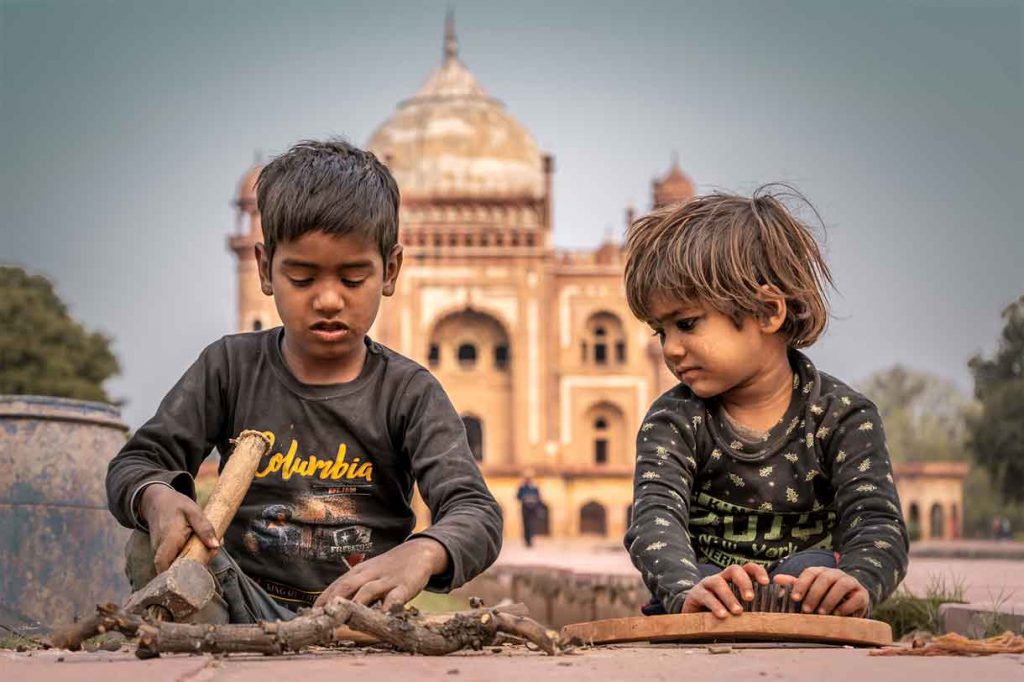When one talks about issues of rights, access or outcomes from a development point of view it is not enough to document the existence of the problem and its contours alone but also speak to its magnitude. Magnitude is vital because it brings to the fore the central injustice of a system that amplifies gaps between those who have and those who are “have-nots”. The Pandora Papers are a magnificent example of the magnitudes of malfeasance, for instance. The sheer scale is staggering. Magnitudes are also why we focus on “inequality” so much. From our point of view, “assets” are an important indicator of economic well-being of households. So how are we doing on well-being at the household level? A new estimate citing the recently released NSSO report covering household assets suggests we are doing pretty badly.
The household is the most fundamental unit of Indian society and what they have access to in terms of resources and purchasing power is a direct reflection of how well or badly they are doing. Assets provide means of livelihood as well as security against adverse economic shocks. As per the newly released NSSO report, we find the value of fixed assets owned by households living in highest expenditure groups is 3X more than lower expenditure groups i.e. if you belong to the wealthiest households you can spend at least thrice as much as the poorest Indian.
We also find that the value of financial assets owned by the wealthiest households group (households who have the highest capacity to spend) is 5X times more than the households living in the poorest households. How about intergenerational wealth? If you are poor, perhaps you own land and can sell it? Turns out inequality is key feature of land value. As per the same data-set, the average value of land owned by highest asset holding class is 603X more than the lowest group of households.
In his widely quoted book, Thomas Piketty argued that inherited assets across generations are an important source of perpetuating inequality of wealth and income around the world (Piketty, 2014). A growing body of literature supports the existence of a negative relationship between inequality and economic growth as well as that of persistently high levels of inequality and poverty traps. Globally, the nexus between policy and big industry has disputed the consequences of inequality suggesting that the empirical evidence of such a link is thin, however new data suggests that this campaign to weaken the link between inequality and poverty is incorrect.
There have been at least two such arguments advanced and both are distasteful. The first suggests that the link between distributional issues and economic growth are based on households’ access to assets which is a function of income post-tax. This is clearly untrue because endowments are intergenerational and secondly most income is derived from informal and precarious work which is outside of the direct-tax net.
The second argument advanced suggests that even if one finds a negative relationship between inequality and subsequent growth, the resulting policy recommendations ought to differ depending on whether inequality of income or inequality of assets is the underlying factor. However the former argument does not hold again due to the sizeable informality of work. Instead we now know that income inequality causes low growth and this calls for more direct redistribution of current income or consumption.
Let’s go back to the latest NSSO report. The average value of a farm asset holding owned by the highest asset holding class is 78X times more than the lowest group of HHs, such yawningly wide gaps cannot be filled within the lifetimes of most poor households. Surely the gaps are not so wide in rural areas say you? The average value of rural land owned by households in the highest asset holding class is 500X times more than HHs in the lowest strata, this is an obscene 1504X times in urban India. But even if value is different, rural India doesn’t cost as much does it and there is more equitable ownership of land in rural India isn’t there? No. In fact 7.14 percent of rural households that belong to the highest asset holding class own 54 percent of rural land whereas 86 percent hold only 46 percent of rural land.
It is high time that India’s policy makers pay greater attention to the distributional implications of policy and allocate resources to identify situations of high levels of inequality that hurts overall economic growth. This isn’t a question about magnitudes anymore, at least not in the academic sense – instead it is a question about real lives and those struggling to make ends meet while others squabble over wine and cheese.
With data inputs from Pravas Ranjan Mishra

